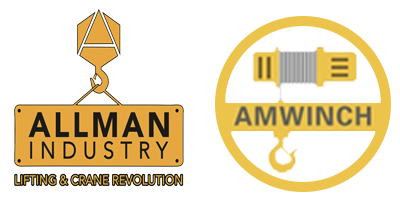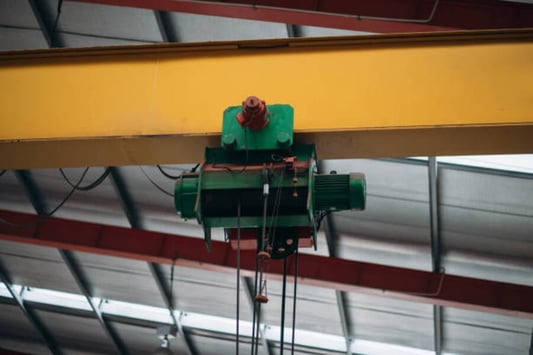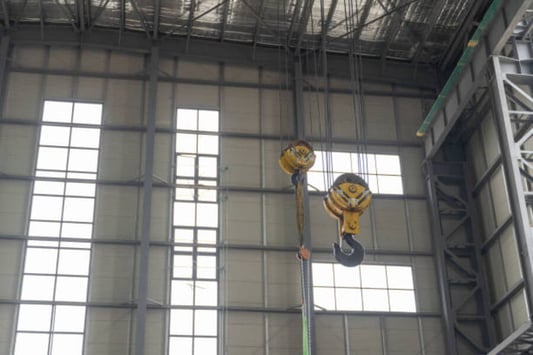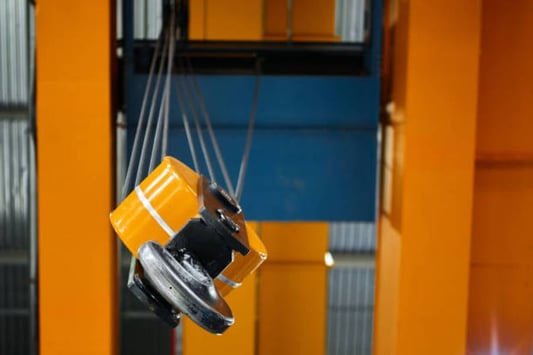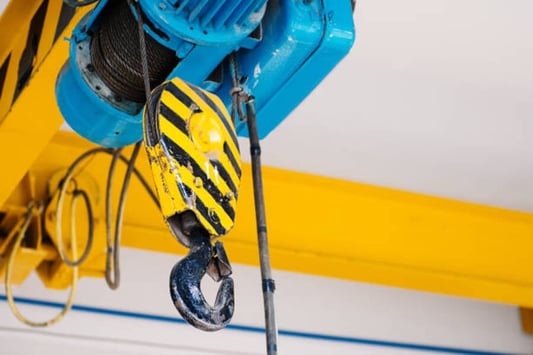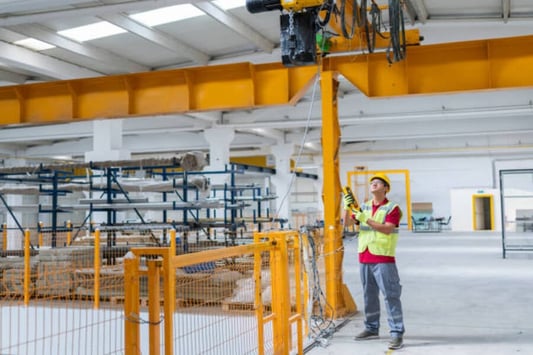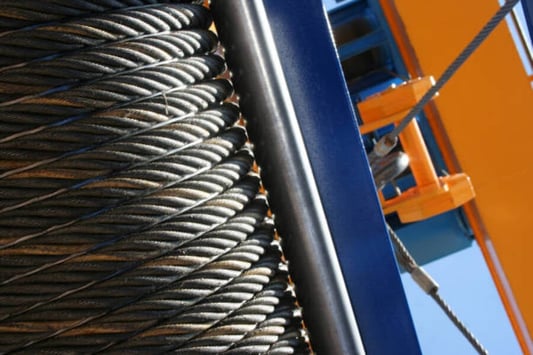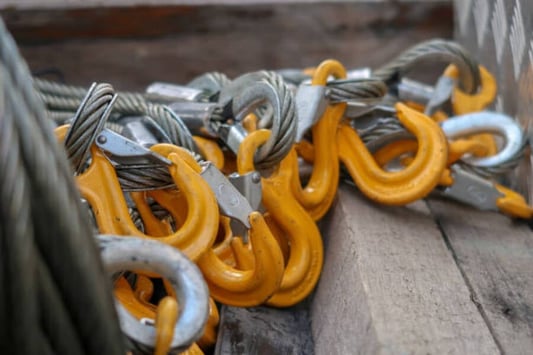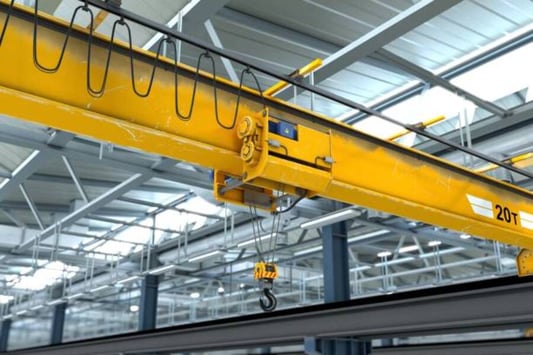What is an Electric Boat Trailer Winch with Wireless Remote?An electric boat trailer winch with a wireless remote is a device that is used to help boat owners easily and safely load and unload their boats onto a trailer. This high-tech winch is powered by electricity, making it easier to use compared to traditional manual winches. The wireless remote allows for easy control of the winch from a distance, providing convenience and efficiency to boat owners.Benefits of Using an Electric Boat Trailer Winch with Wireless RemoteThere are several benefits to using an electric boat trailer winch with a wireless remote. Firstly, it eliminates the need for manual cranking, which can be strenuous and time-consuming. Secondly, the wireless remote allows for easy operation from a distance, providing added safety and convenience. Additionally, the electric power of the winch ensures smooth and efficient loading and unloading of the boat.Features to Look for in an Electric Boat Trailer Winch with Wireless RemoteWhen looking for an electric boat trailer winch with a wireless remote, there are several key features to consider. First and foremost, ensure that the winch has a high weight capacity to accommodate your boat. Look for additional features such as waterproofing, durability, and ease of installation. Opt for a winch with a reliable wireless remote that offers easy and responsive operation.How to Properly Install an Electric Boat Trailer Winch with Wireless RemoteProper installation of an electric boat trailer winch with a wireless remote is essential for safe and effective use. Begin by securely mounting the winch to the trailer using the provided hardware. Connect the winch to the boat trailer's power source according to the manufacturer's instructions. Test the wireless remote to ensure it is functioning properly before loading your boat onto the trailer.Tips for Maintaining Your Electric Boat Trailer Winch with Wireless RemoteTo ensure the longevity and optimal performance of your electric boat trailer winch with a wireless remote, regular maintenance is key. Keep the winch clean and free of debris to prevent damage and corrosion. Check the electrical connections regularly and replace any worn-out parts as needed. Store the wireless remote in a safe and dry place when not in use to prevent damage.Safety Precautions When Using an Electric Boat Trailer Winch with Wireless RemoteSafety should always be a top priority when using an electric boat trailer winch with a wireless remote. Ensure that all connections are secure before operating the winch. Always stand clear of the boat and trailer during loading and unloading to prevent accidents. Familiarize yourself with the operation of the winch and remote before use to prevent any mishaps.Comparing Electric Boat Trailer Winch with Wireless Remote to Manual WinchesWhile manual winches have been a staple in the boating industry for years, electric boat trailer winches with wireless remotes offer significant advantages. Compared to manual winches, electric winches are easier to use, faster, and require less physical effort. The wireless remote feature adds convenience and versatility, making the loading and unloading process much smoother and hassle-free.Popular Brands of Electric Boat Trailer Winch with Wireless RemoteThere are several reputable brands that produce high-quality electric boat trailer winches with wireless remotes. Some popular brands include Warn, Superwinch, and Bulldog. These brands are known for their reliability, durability, and innovative features, making them top choices among boat owners. Be sure to research and read reviews before choosing a brand that suits your needs.Cost Consideration of Electric Boat Trailer Winch with Wireless RemoteThe cost of an electric boat trailer winch with a wireless remote can vary depending on the brand, features, and weight capacity. Typically, these winches range from $200 to $500, with some high-end models exceeding $1000. Consider your budget and needs when selecting a winch, keeping in mind that investing in a high-quality winch can offer long-term benefits and convenience.ConclusionIn conclusion, an electric boat trailer winch with a wireless remote is a valuable accessory for boat owners looking to simplify the loading and unloading process. With its numerous benefits, features, and safety precautions, this high-tech winch offers convenience and efficiency on the water. By understanding the installation, maintenance, and cost considerations of electric boat trailer winches, boat owners can make an informed decision to enhance their boating experience.Quote Inquiry
